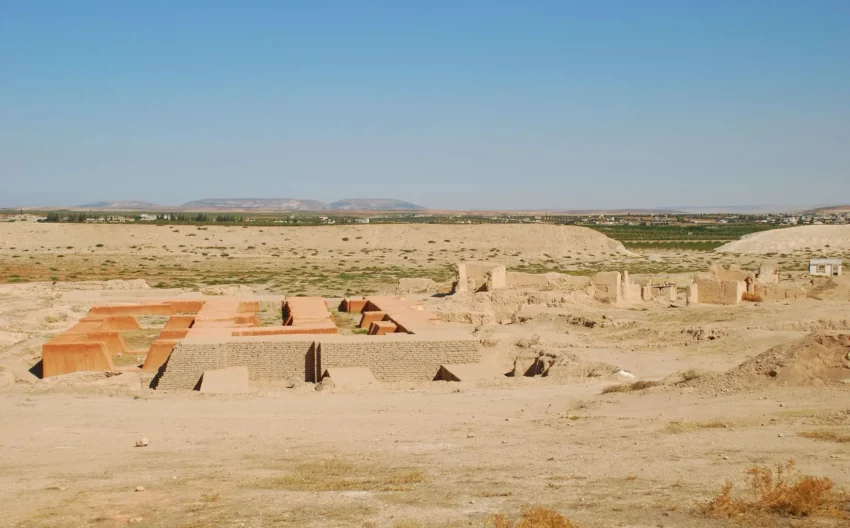Introduction to Qatna
Qatna, also known as Tell el-Mishrife, was an ancient city in Homs Governorate, Syria. Its remains form a tell located about 18 km northeast of Homs, near al-Mishrifeh village. The city was a significant center during the second millennium BC and the first half of the first millennium BC.
Get your dose of History via Email
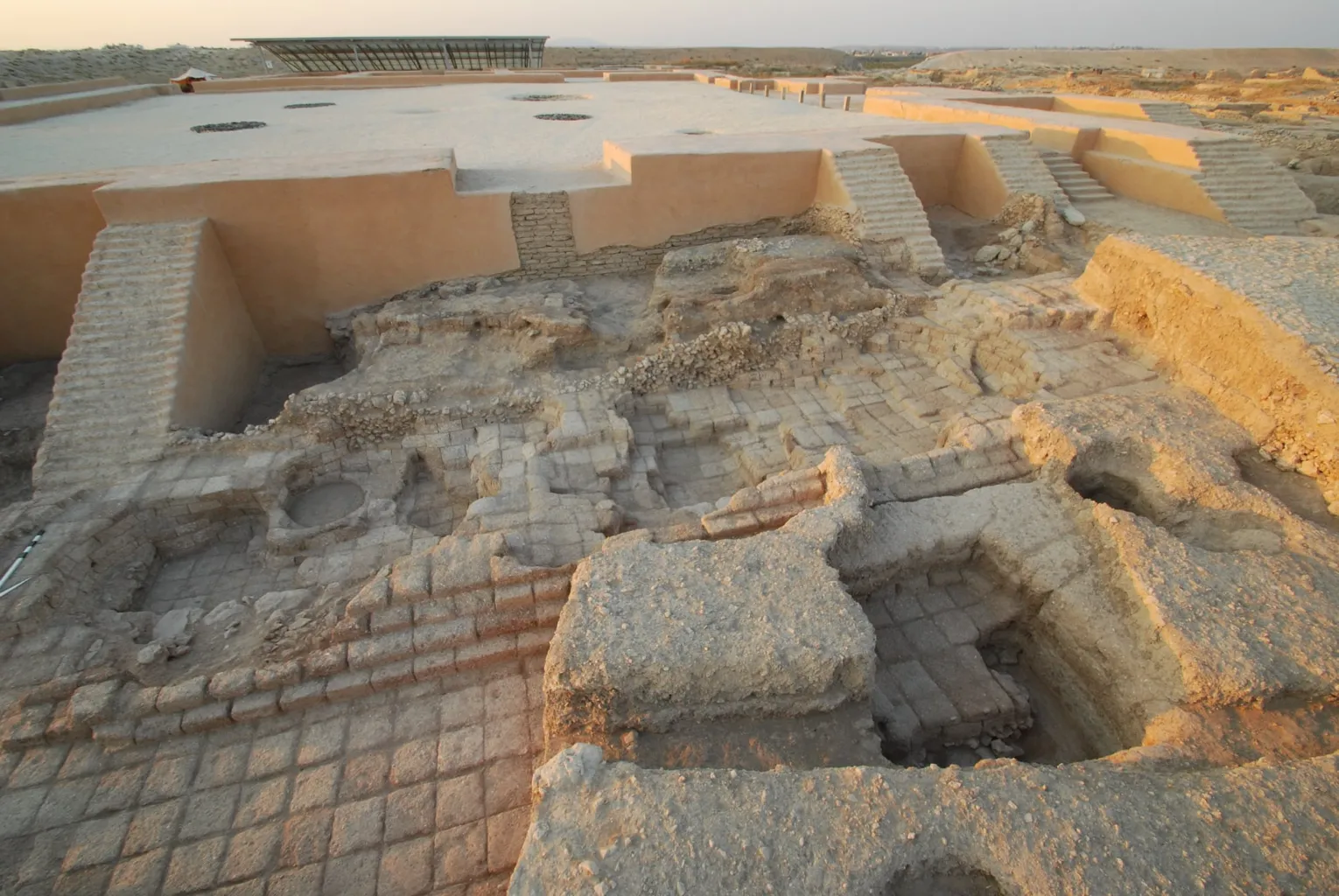
Historical Significance
Qatna housed one of the largest royal palaces of Bronze Age Syria. An intact royal tomb provided extensive archaeological evidence on funerary practices of that period. The city was first inhabited in the second half of the fourth millennium BC. It was repopulated around 2800 BC and continued to grow. By 2000 BC, it became the capital of a regional kingdom.
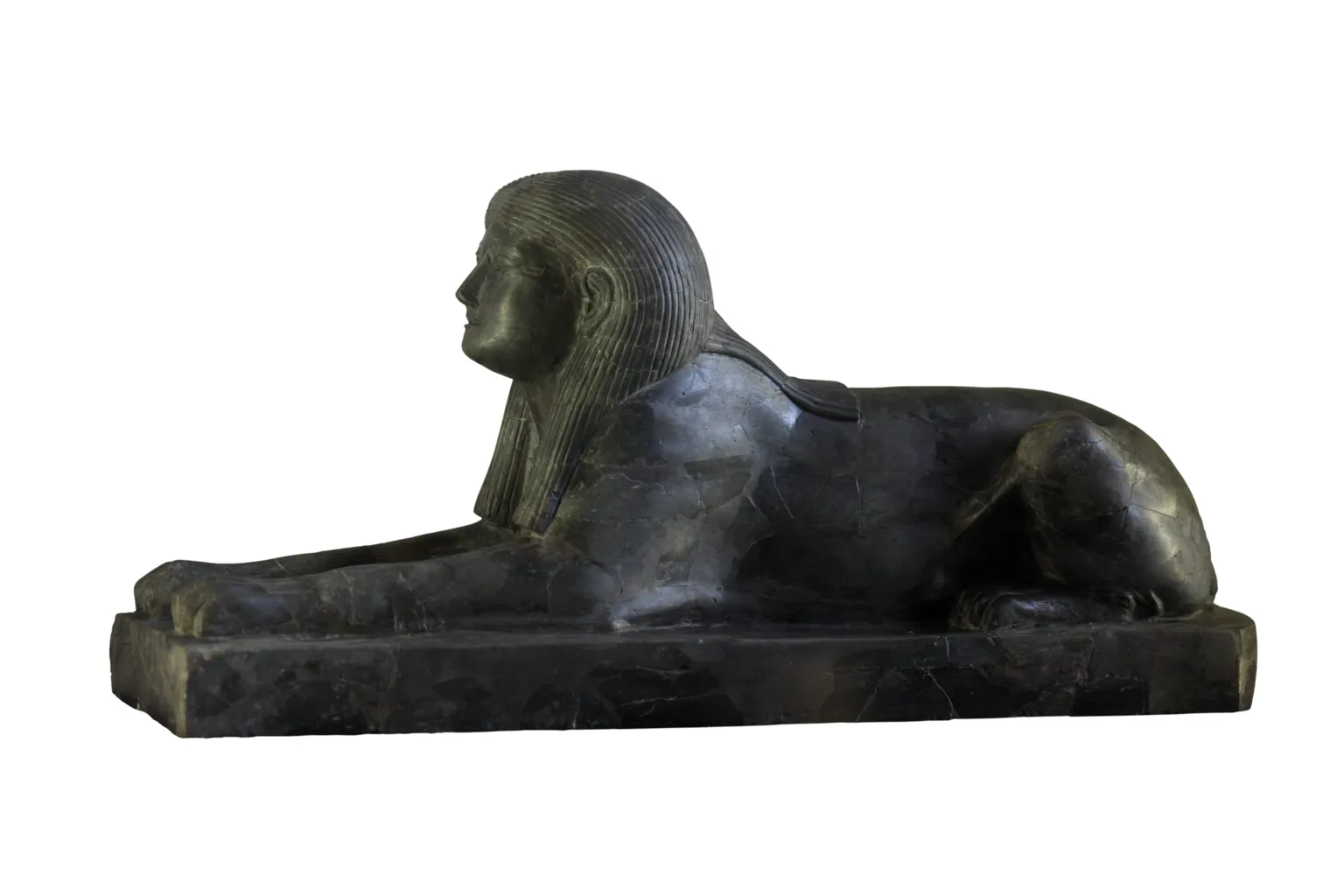
Political and Military History
Qatna enjoyed good relations with Mari but engaged in constant warfare against Yamhad. By the 15th century BC, Qatna lost its hegemony and came under Mitanni’s authority. It later changed hands between Mitanni and Egypt until the Hittites conquered and sacked it in the late 14th century BC. Following its destruction, the city was reduced in size and abandoned by the 13th century BC.
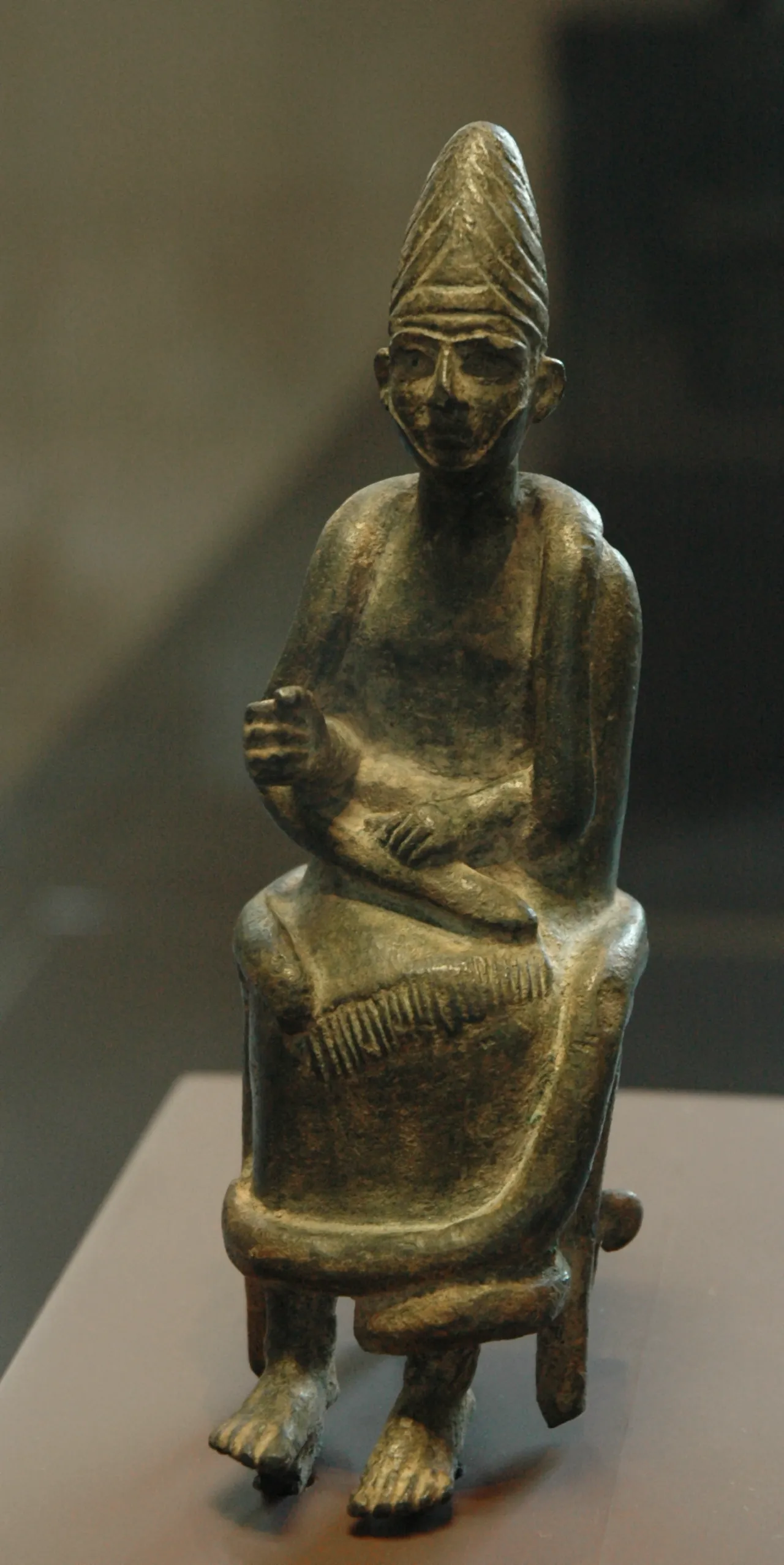
Resettlement and Decline
Qatna was resettled in the 10th century BC, becoming a center of the kingdoms of Palistin and then Hamath. The Assyrians destroyed it in 720 BC, reducing it to a small village that disappeared in the 6th century BC. In the 19th century AD, villagers populated the site but were evacuated to al-Mishrifeh in 1982. Excavations have been ongoing since the 1920s.
Archaeological Excavations
Excavations at Qatna began in 1924 and continued in various phases. Notable archaeologists include Robert du Mesnil du Buisson, Michel Al-Maqdissi, Daniele Morandi Bonacossi, and Peter Pfälzner. The site has revealed significant findings, including the royal palace and tombs.
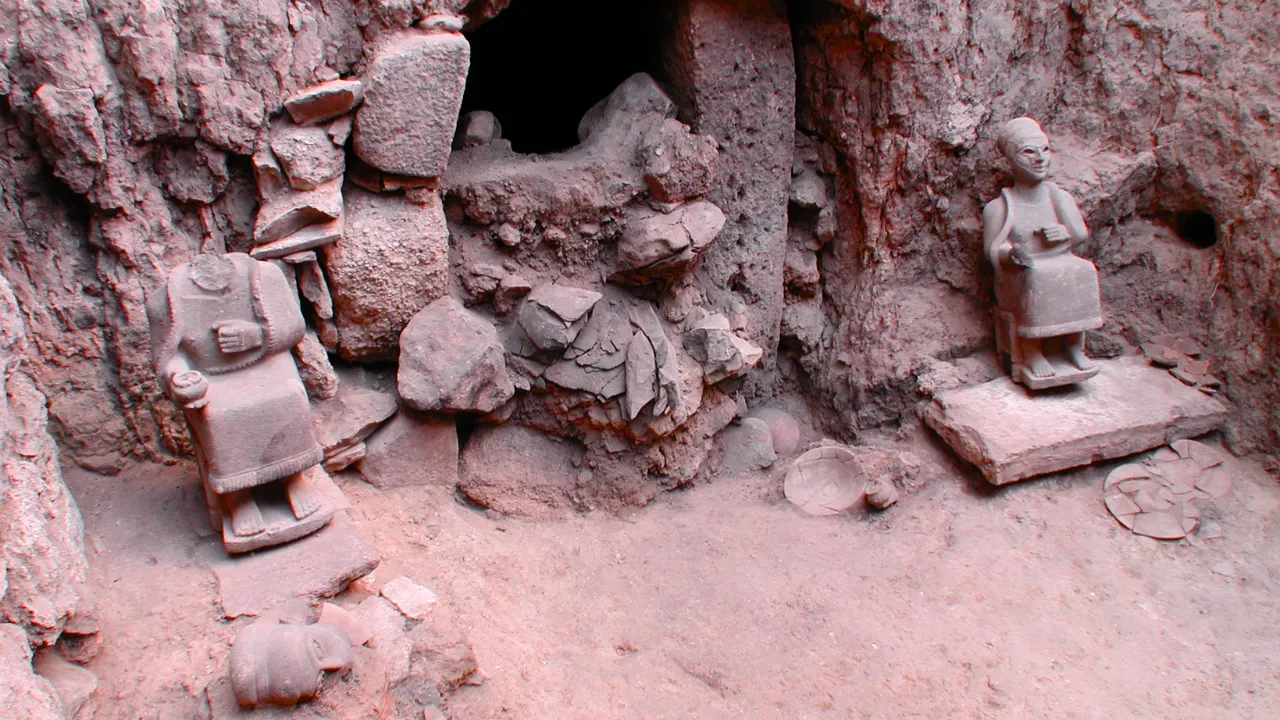
Qatna’s Cultural and Religious Life
Qatna was inhabited by different peoples, mainly the Amorites and Arameans. Hurrians influenced the city’s written language in the 15th century BC. The city’s art shows signs of contact with surrounding regions. Artifacts from Qatna exhibit high-quality workmanship. The city’s religion was complex, with many cults and ancestor worship playing a crucial role.
Economic Prosperity
Qatna’s location in the middle of Near East trade networks helped it achieve wealth and prosperity. It traded with regions as far away as the Baltic and Afghanistan. The fertile area surrounding Qatna, with abundant water, made the lands suitable for grazing and supported a large population.

Conclusion
Qatna’s rich history and archaeological significance make it a vital site for understanding ancient Near Eastern civilizations. Its strategic location, political history, and cultural contributions offer valuable insights into the region’s past.
Sources:
Wikipedia
Image Credit


